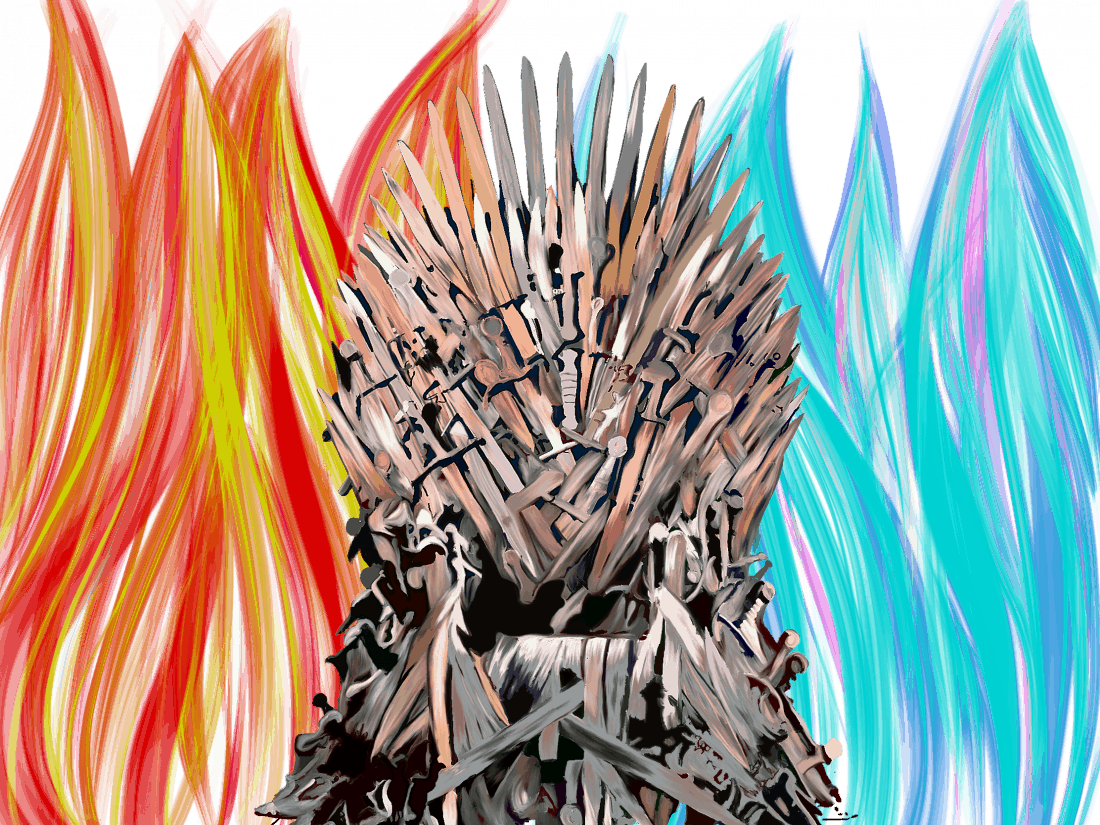A long-time fan takes a critical look at the mega-hit television show. Warning: major spoilers ahead.

Since its inception in 2011, HBO series Game of Thrones has captured the hearts of millions. It enthralled many with complicated characters, rich lore and the ambiguous fates of fan-favourite roles. However, it’s not without flaws.
With the show drawing to an end after a long, bloody and sometimes unbelievable run, fans are left picking up the pieces by trying to understand what the ending means for their favourite — and least favourite — characters.
The series finale “The Iron Throne,” saw Brandon ‘Bran’ Stark unforeseeably become the king of the remaining six kingdoms, even though his storyline had no relation to the struggle for the Iron Throne. However, this was still the least surprising scene in the episode.
The buildup to the death and downfall of Daenerys Targaryen was the main focus. In the last seasons penultimate episode, audiences watched as she burned King’s Landing, killing thousands of innocent people despite the surrender of the city.
Fans speculate that this was character assassination, as Daenerys had previously acted as a champion of the downtrodden and the breaker of chains. The theory that it was written for shock value as justification for her murder in the final episode is also being thrown around.
Despite all the killing and treachery, the true antagonist of this season was not any particular character. The careless writing was the show’s true adversary because it made the storyline feel unnatural and meandering compared to the previous seasons.
The lazy writing led to plot holes such as failing to fulfill several key prophecies from the original book and earlier seasons. An example of this is the prophecy of a messiah figure, the Azor Ahai, being reborn and eventually defeating the main villain, the Night King.
The writers had fan- favourite Arya Stark defeat the Night King in a rather spectacular stabbing, but her life does not match up with that of the prophesied Azor Ahai. She was not “born amidst smoke and salt,” nor did she pull a sword called Lightbringer out of flames.
There are also quite a few loose ends left in the show. For instance, Red Priestess Melisandre prophesied that Arya would shut brown, blue and green eyes forever. But Arya never killed any major green-eyed characters so it was only partially fulfilled.
These loose ends, along with several seemingly important roles never being mentioned again, left viewers with a weak sense of closure even though the series had a strong, well-written start.
Though Game of Thrones had a few well-developed female characters, the treatment of some of these figures was problematic. Many of the women were subjected to gratuitous sexual violence to shock audiences and disenfranchise the women themselves.
Even more disturbingly, in episode four of season eight, the writers had Sansa Stark credit her abusers for making her the person she had become, saying that without them she would not have become a stronger person.
The few claims to racial diversity the show has are through the Dothraki, House Martell and the former slaves that had been freed by Daenerys. Excluding House Martell, minorities have less power compared to the white characters.
Even though Daenerys ‘frees’ slaves, she still puts herself in a position to rule over them afterwards, expecting their fealty in exchange for chains. This is not exactly the deeds of one who is truly a champion of the downtrodden.
The treatment of women and the lack of diversity has been chalked up to historical accuracy, but in a show with dragons, magic and ice zombies, claiming historical accuracy is a weak excuse.
Despite its many flaws, the telling of this grand story of power and imperialism has given audiences an immersive escape filled with impeccable cinematography, dynamic costume design and a masterful score. Fans won’t be forgetting this one for a long time.
—
Gabriella Fourie